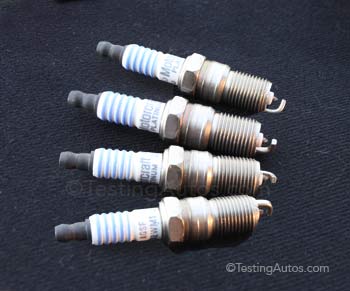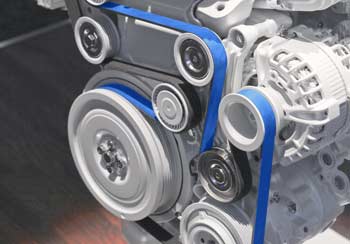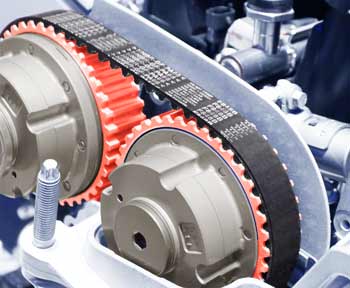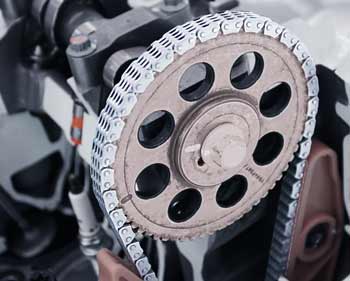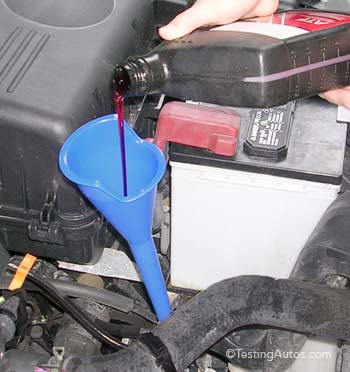Home >
Car Care > How to check the oil level in your engine and read the dipstick
How to check the oil level in your engine and read the dipstick
To last longer, your engine must always have the proper level of oil. As you drive, some amount of oil is consumed and the oil level drops. As a result, the friction increases and the engine wears faster.
By checking the oil level, you can catch if it's getting low and top it up. You also can see how dirty your oil is and if it's time for an oil change. First, check your owner's manual, as it contains the proper instructions and safety precautions. Your engine needs to be warmed up and the car should be parked on a level spot. Here, we used the V6 Toyota Camry as an example.
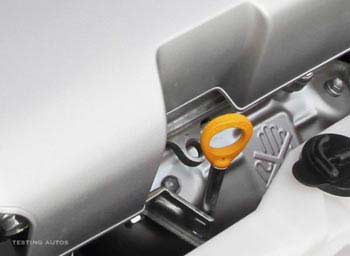 In most cars, the oil dipstick has an orange or yellow handle that says "Engine Oil." |
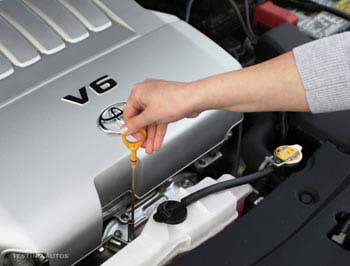 Pull the dipstick out. Hold a towel under the end of the dipstick, so the oil won't drip. |
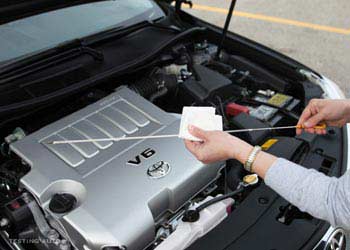 Wipe the dipstick out with a clean towel. Careful, it might be hot. |
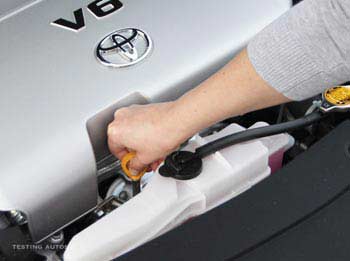 Insert the dipstick all the way back. |
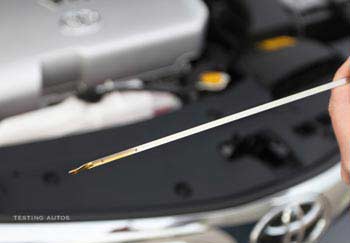 Pull the dipstick out and check the level. |
How to read the oil dipstick. Examples:
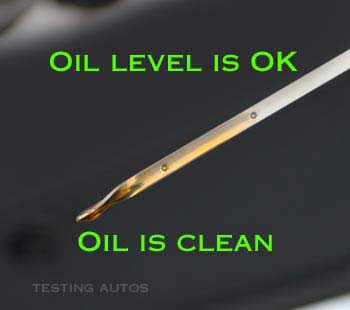 Good job, keep driving! |
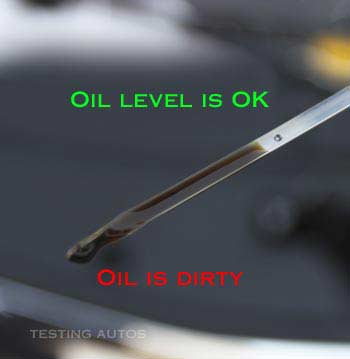 Change your oil soon. |
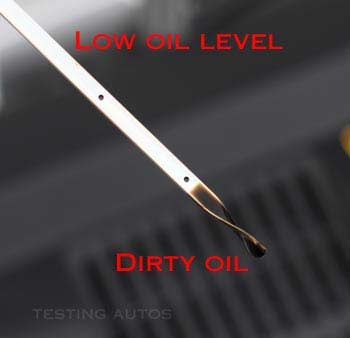 It's time for an oil change. |
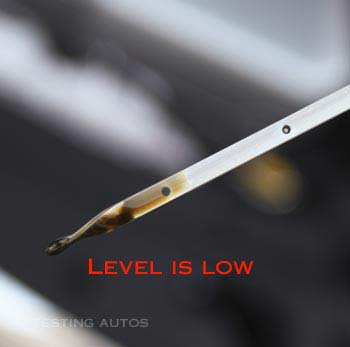 The oil level need to be topped up. |
How to top up the oil level
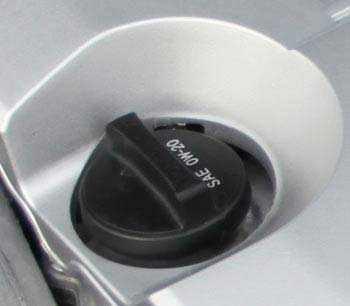 In many cars, the oil grade is marked on the oil filler cap. |
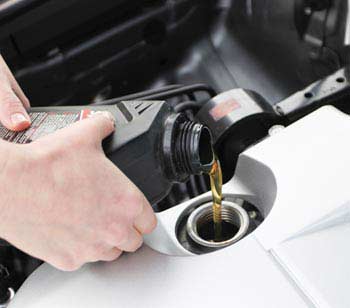 Adding engine oil. |
Why does your engine need the proper level of oil?
The engine oil has two functions: it lubricates moving parts and helps dissipate the heat produced by combustion. The lubrication function is especially important. For example, the crankshaft, which is the engine main rotating part, makes on average 3.1 million revolutions per month of driving, yet it is only separated from the non-moving parts by a very thin layer of oil (around 0.0012 in or 0.03 mm) that is supplied under pressure. Oil also lubricates pistons moving up and down in the cylinders as well as all other moving parts of the engine.











